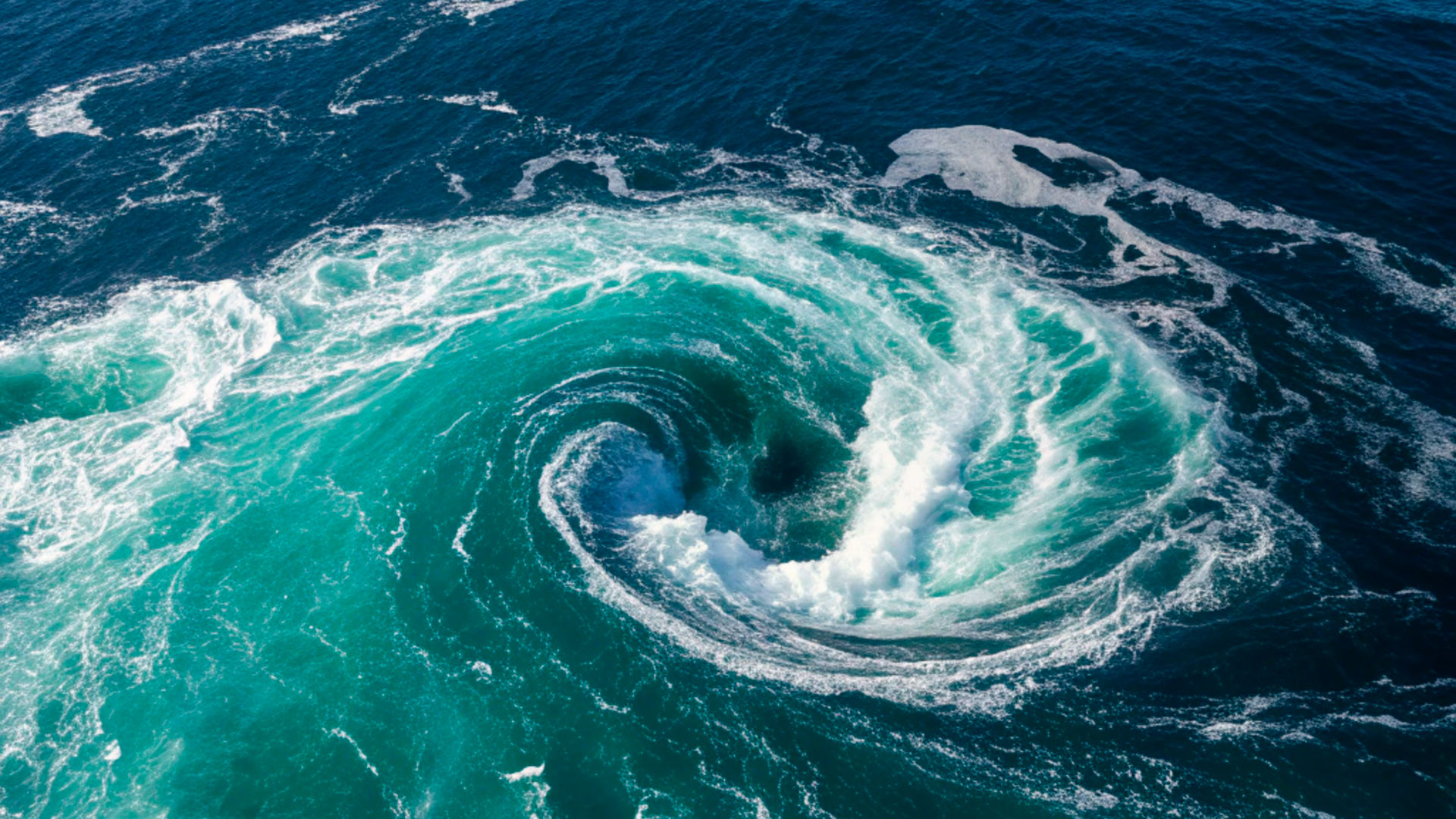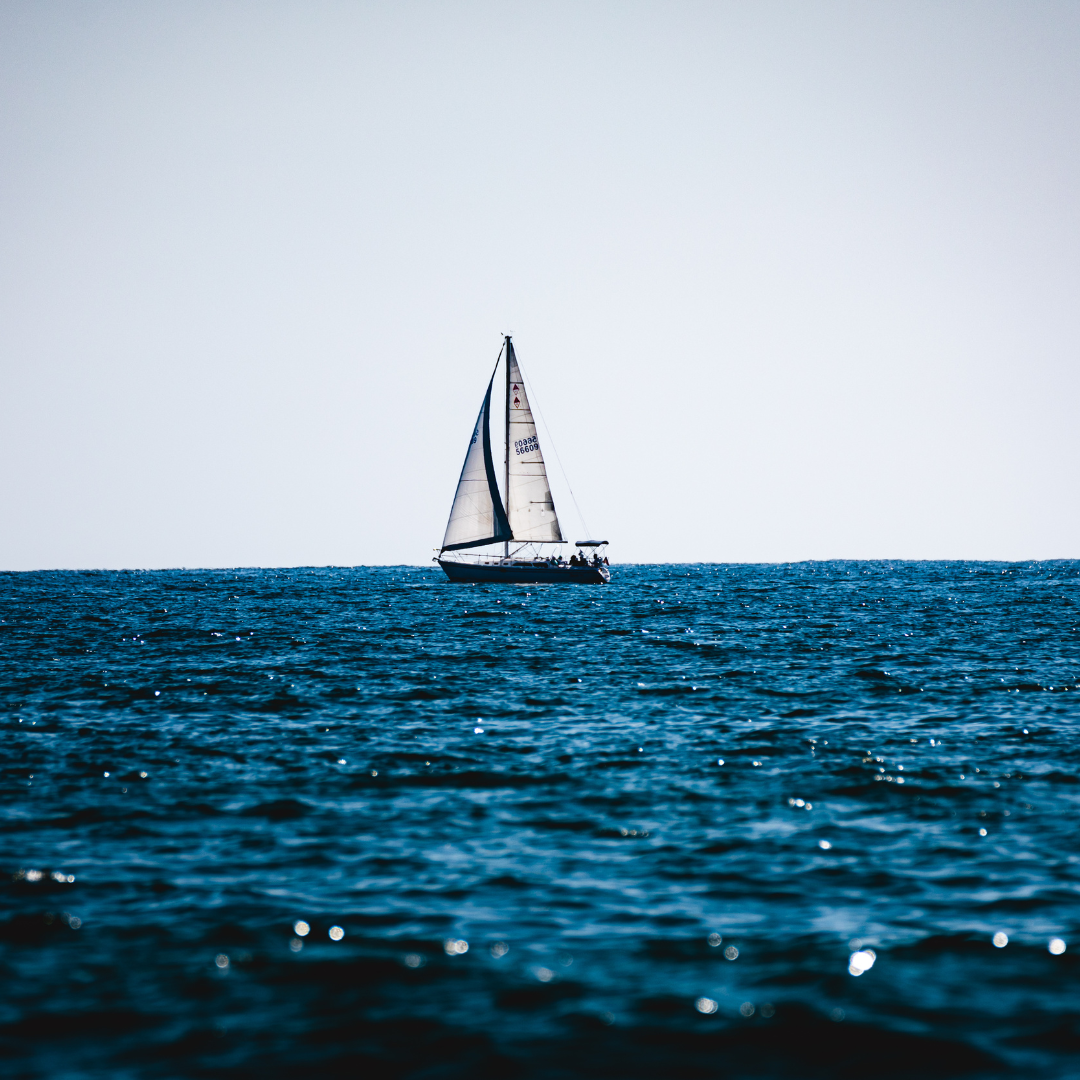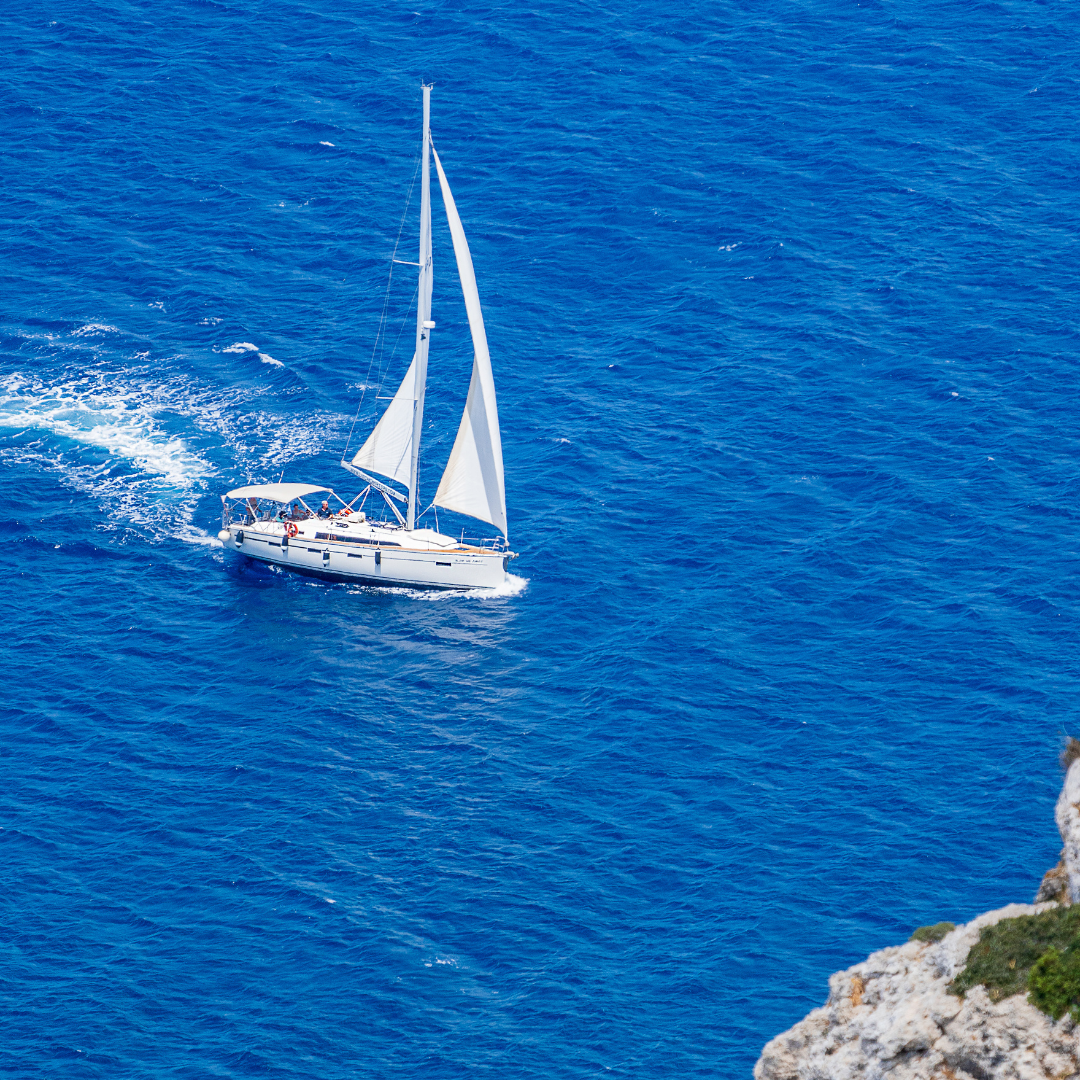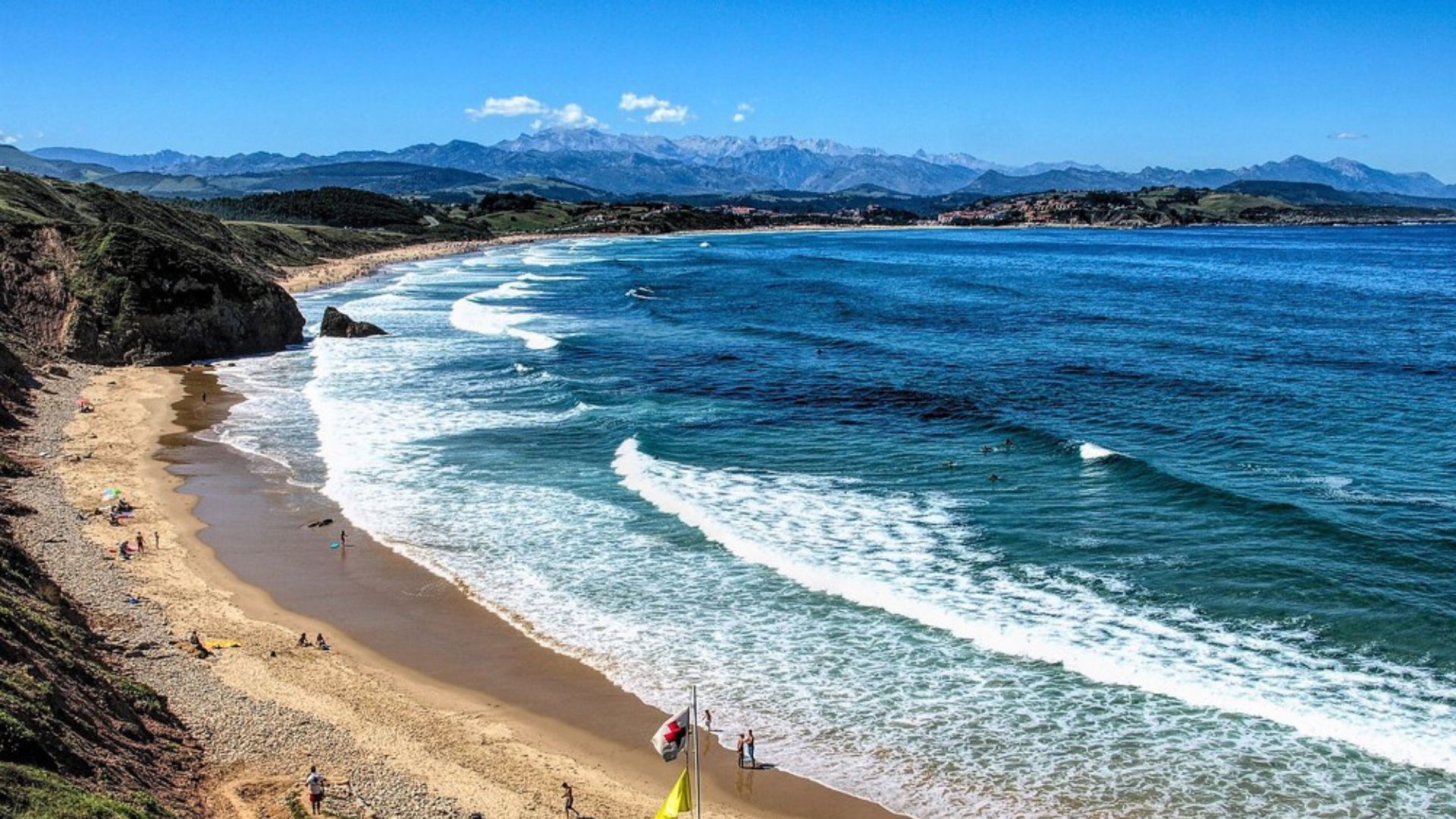
Deep-sea sailing: characteristics and requirements
Offshore sailing has been a way of exploring and conquering the oceans for centuries. It is an art and a science that allows sailors to defy the elements and rely solely on the power of the wind to propel their vessels and use the stars or artificial satellites to know the exact position of the vessel.
This form of sailing is used in oceanic crossings, round-the-world trips, long-distance regattas and maritime expeditions. It requires an advanced level of nautical knowledge, sailing experience and sailing or motor skills, depending on the vessel used.
Characteristics of offshore sailing:
- Sails as a power source: Sails are the main engine of the boat. They adjust and orient themselves according to the direction and intensity of the wind, allowing the boat to move forward.
- Wind dependence: unlike motor-driven boats, offshore sailing is highly dependent on wind conditions. The direction and strength of the wind determine the boat's speed and trajectory. Sailors must be aware of changes in the wind and adjust their sails accordingly to optimize performance and safety.
- Nautical knowledge: a thorough knowledge of meteorology, marine cartography, astronomical navigation and other nautical skills is required. Sailors must understand wind patterns, ocean currents, navigation systems and safety techniques at sea.
Experience and proper training are essential for successful navigation.
- Adventure and challenge: sailors face changing conditions, storms, long crossings and the need to maintain safety and autonomy on board. Offshore sailing provides an intimate connection with the marine environment and nature.

Types of offshore navigation
There are different types of offshore navigation, each with specific characteristics and requirements.
-Sailing: Already explained in the previous point. Sailing can be done in both coastal and ocean sailing and requires specific skills, such as sail handling, wind reading and rigging.
-Power Sailing: Although less common in offshore sailing, power sailing involves using the boat's engine as the main source of propulsion. This may be necessary in situations where there is a lack of wind or when greater control and maneuverability is required, such as when entering or leaving ports or in adverse sea conditions.
Motor boating requires knowledge of engine operation, fuel consumption and windless sailing techniques.
This type of classification (sailing and motor) refers to the propulsion used for the movement of the boat.
In addition to these two types of navigation, we can distinguish two others that are classified according to the place and time of navigation. Both classifications, which we will name soon, can be included in sailing or motorboating, as they are perfectly compatible.
-Inshore navigation: involves sailing close to shore, generally at a distance that allows visual contact with land. This form of navigation is common in voyages along the coast, exploration of bays and navigation in shallow water areas. Coastal navigation requires detailed knowledge of nautical charts and the ability to maneuver in more confined spaces.
-Offshore navigation: refers to offshore sailing. It is a longer and more challenging type of sailing, requiring extensive planning, advanced navigation skills and a vessel suitable for ocean conditions. Ocean sailing can involve transatlantic crossings, round-the-world voyages and long-distance challenges.
Each type of high-altitude navigation has its own particularities and challenges, and requires appropriate skills, knowledge and preparation.

What to take into account before sailing at high altitude?
In offshore sailing, it is crucial to take into account several aspects to ensure a safe and successful voyage. Below are some important considerations:
Weather forecasting and planning
Consulting and carefully analyzing the weather forecast is essential before setting sail. Understanding wind conditions, tides, currents and weather patterns is essential for planning the route (next step) and making informed decisions during the voyage. It is also necessary to plot the route, stock up on provisions, check equipment and perform preventive maintenance on the vessel.
Route Planning
Careful route planning is very important. This involves determining landmarks, identifying possible shelters in case of emergency, estimating navigation time, and considering the resources available along the route. Planning should also include the choice of departure and arrival points, as well as intermediate points for resting and resupplying supplies if necessary.
Checking the equipment and the boat
Before going offshore, it is essential to thoroughly check the equipment and boat. They must have safety systems, navigational equipment and a design that provides stability and performance at sea. It is also important to have the necessary supplies and provisions, such as water, food, medicines and emergency tools.
Communication and contingency plans
Establishing a communication plan is essential to maintain contact with land and other boaters. Make sure you have adequate communication equipment on board, such as VHF or satellite radio. It is also important to inform someone ashore of your sailing plans, route and estimated duration of the voyage. This will allow follow-ups to be made and contingency plans to be activated in case no news is received within the expected time frame.
Nautical competence and skills
It is advisable to have adequate navigation training, including knowledge of sailing, non-visibility navigation techniques, sea survival skills and first aid. Have a crew that is experienced and trained in offshore sailing. Collaboration and effective communication are key to a successful voyage.
Safety on board
Before departing, ensure that all safety conditions on board are met. This includes verifying the use and availability of life jackets, life rings, fire extinguishers, signal lights and adequate flotation systems. In addition, knowledge of first aid, sea survival techniques and the ability to deal with emergency situations is required.
Keeping these aspects in mind before sailing offshore will help you to ensure a safer and more enjoyable voyage.













_v2.svg)
_v2.svg)









_v2.svg)


